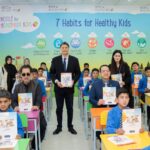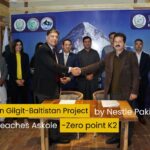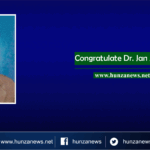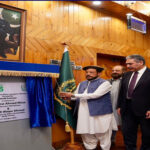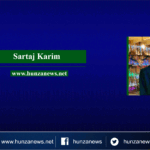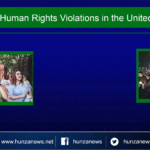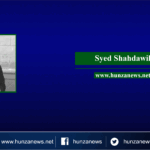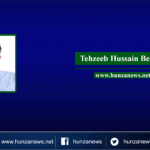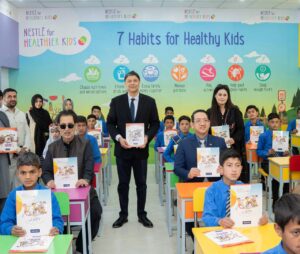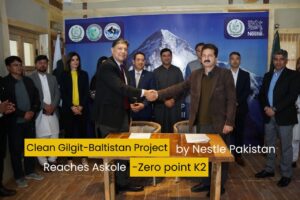[author ]Roshan Bano[/author]
The magnitude of current development in Hunza is genuinely amazing and awe aspiring when today’s Hunza is compared against Hunza back in 1960s and earlier times.
By then Hunza used to be technologically backward, Socio culturally primitive and superstitious, religiously crude and rudimentary, economically subsistence and static, politically feudalistic, illiterate, geographically isolated, and climatically severe and harsh, exclusively agricultural. In short totally illiterate and primitive and isolated.
Now Hunza is blessed to have so many distinctions to be proud of:
The highest literacy rate in Pakistan, the most peaceful and progressive community of Pakistan, the most organized and disciplined community of Pakistan, role model for development work and looked at for replication nationally and internationally by entities working in community development .
The question is how Hunza got transformed from a primitive to progressive society within few decades? Despite of its resources scarcity, unfavorable climatic conditions, isolated and accessible geographic location, minimal or almost total absence of state or government and no investment by market/corporate sector while any other area of Pakistan could not be able to achieve this magnitude of development? Despite of more favorable conditions, investment by government, private sector including corporates, NGOs, and INGOs?
In my opinion the answer is – Credit goes to AKDN (Aga Khan Development Network). AKDN transformed Hunza with an approach that is holistic and all-encompassing including not only economic aspect of the society but both attitudinal and behavioral aspect as well.
Through its well organized, designed and tailored programs to meet local needs launched following initiatives. Although the list is not conclusive but these are some of the most important and crucial measures devised that result in current development of Hunza.
Simultaneous, proportionate and sustainable investment in all components of development –education, health, income generation, socio- cultural aspect of Hunza society.
Community mobilization at every level- among women, men, youth both girls and boys for awareness and pursuit of their rights.
Provision of high standard education for both girls and boys not only in easily accessible areas but in far flung areas as well. Education that encouraged conceptual learning and critical thinking not rote learning and cramming.
Considering the voice and opinion of local population in decision making- in process of identifying and solving the issues hence giving them sense of ownership, participation and involvement instead of rather than imposing opinions from outside.
Investment in marketable and locally applicable capacities and skills of local population which lead to income generation and economic improvement of local population.
Inclusion of materially dispossessed and socially segregated and marginalized segments of society in development process.
Efforts for gender equality by educating both men and women. Educating community regarding the socio cultural gender inequalities ignorantly taken as religiously ordained.
Developing solutions for the needs and issues of that are compatible with local climatic and geographic conditions. That led to sustainability and resource effectiveness.
Exploring, and harnessing local resources and opportunities for betterment of population.
Polishing and training human capital in administration, leadership, technical fields etc. for their future roles instead of recruiting locals just as laborers. This strategy led to development of skilled and educated indigenous human resources.
The result is not only economic improvement rather, socio cultural advancement and richness as well and that is the development in true spirit. And the indicators are
prioritizing education, noticeable gender equality, contextualized adaptation of modernism, societal tolerance, strong and robust civil society, adaptation of technology, discipline , self-help and volunteerism ,adjustability to urbanization, respect for cultural and religious diversity(pluralism), healthy debate and criticism, freedom of expression, hygiene consciousness, productive youth etc.
Yes the picture is not all perfect; there are flaws, defects, negatives and side effects. But all positives with zero negative is an ideal situation which is not achievable.

